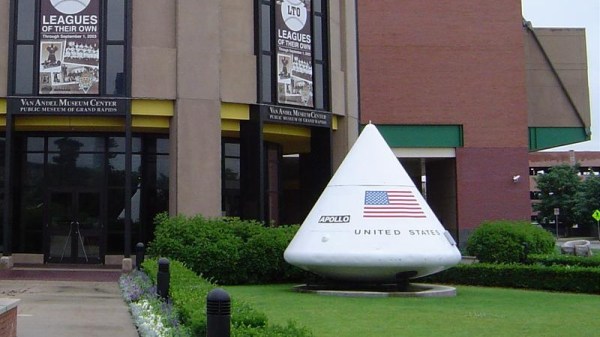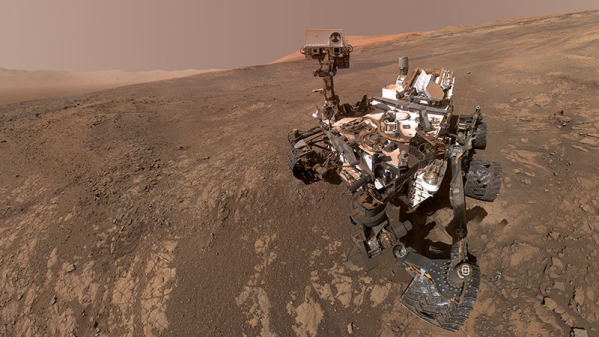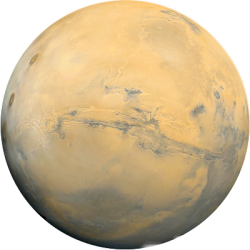This past weekend, NASA’s Parker Solar Probe took off for a journey to study our local star. While its mission is well covered by science literate media sources, the equally interesting behind-the-scenes information is a little harder to come by. For that, we have Science News who gave us a look at some of the work that went into testing the probe.
NASA has built and tested space probes before, but none of them were destined to get as close to the sun as Parker will, creating new challenges for testing the probe. The lead engineer for the heat shield, Elizabeth Congdon, was quoted in the article: “Getting things hot on Earth is easier than you would think it is, getting things hot on Earth in vacuum is difficult.” The team used everything from a concentrated solar facility to hacking IMAX movie projector lenses.
The extreme heat also posed indirect problems elsewhere on the probe. A rocket launch is not a gentle affair, any cargo has to tolerate a great deal of shock and vibration. A typical solution for keeping fasteners in place is to glue them down with an epoxy, but they’d melt where Parker is going so something else had to be done. It’s not all high technology and exotic materials, though, as when the goal was to verify that the heat shield was strong enough to withstand up to 20G of acceleration expected during launch, the test team simulated extra weight by stacking paper on top of it.
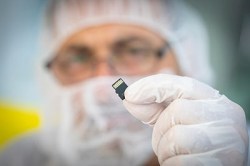 All that testing should ensure Parker can perform its mission and tell us a lot of interesting things about our sun. And if you got in on the publicity campaign earlier this year, your name is along for the ride.
All that testing should ensure Parker can perform its mission and tell us a lot of interesting things about our sun. And if you got in on the publicity campaign earlier this year, your name is along for the ride.
Not enough space probe action for the day? We’ve also recently featured how creative hacking gave the exoplanet hunter Kepler a second lease on life.

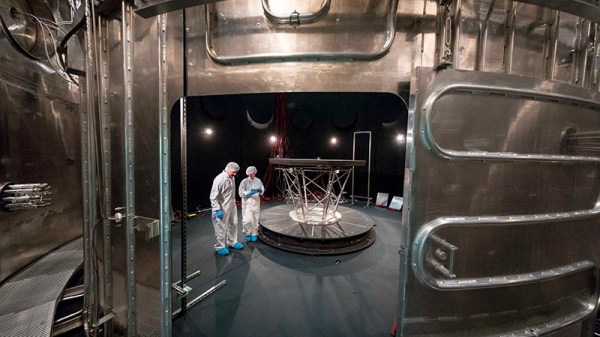
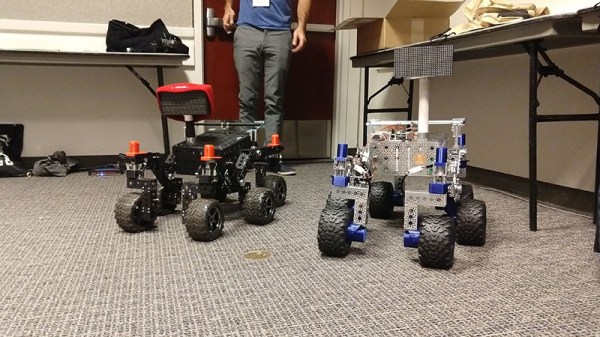


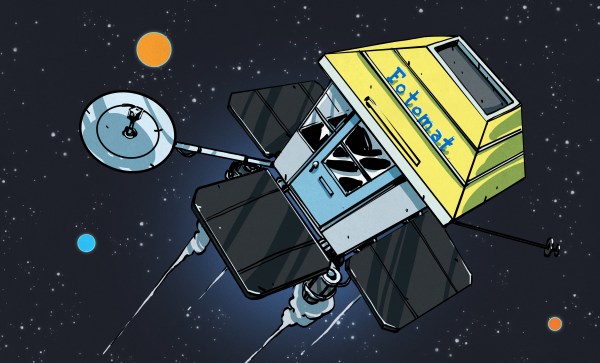
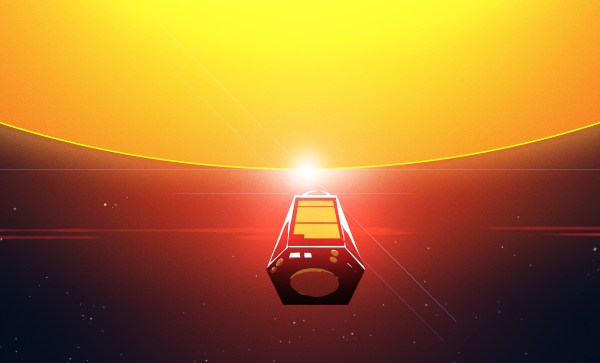
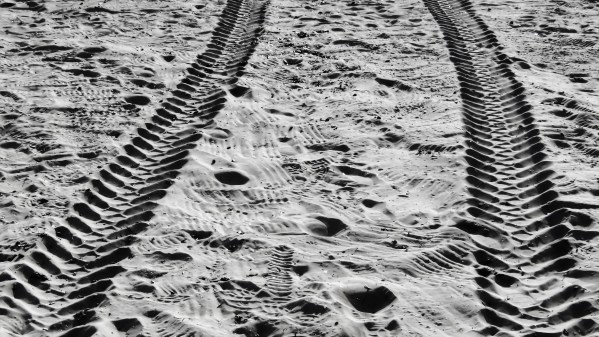
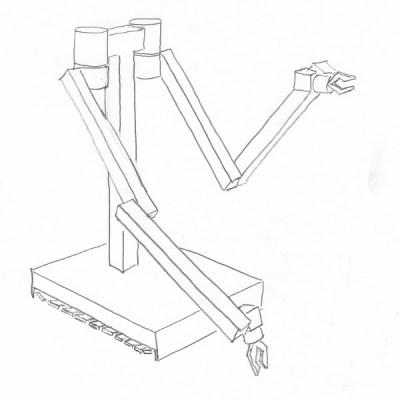 The aim of the project was to demonstrate the feasibility of a rover exploring a planetary surface, picking up, and examining rocks. Lest you imagine a billion dollar budget for gleaming rover prototypes, it’s fair to say that this was to be achieved with considerably more modest means. The rover was a repurposed unit that had previously been used for remote handling of hazardous chemicals, and the project’s computer was an extremely obsolete DEC PDP-1.
The aim of the project was to demonstrate the feasibility of a rover exploring a planetary surface, picking up, and examining rocks. Lest you imagine a billion dollar budget for gleaming rover prototypes, it’s fair to say that this was to be achieved with considerably more modest means. The rover was a repurposed unit that had previously been used for remote handling of hazardous chemicals, and the project’s computer was an extremely obsolete DEC PDP-1.